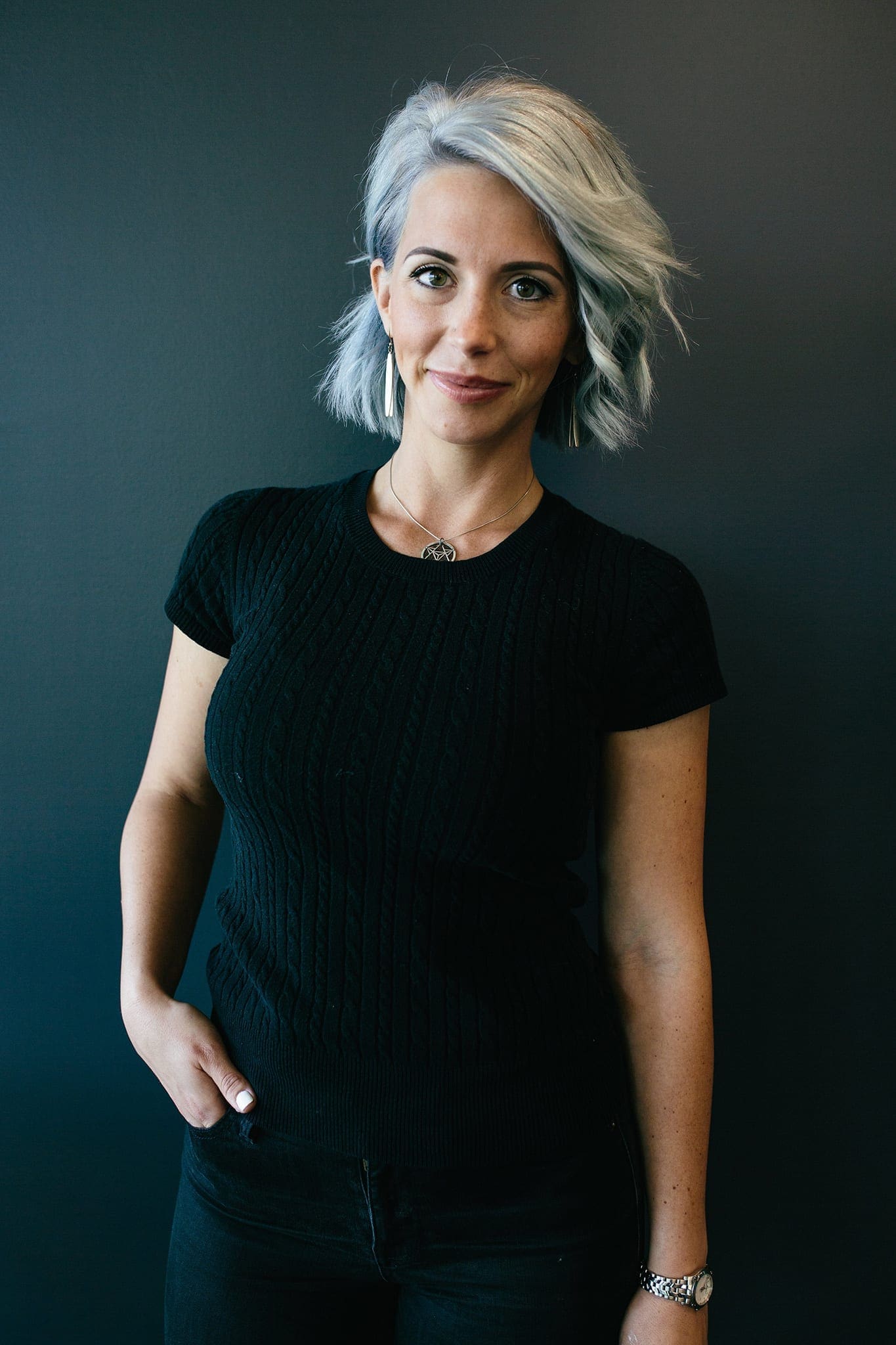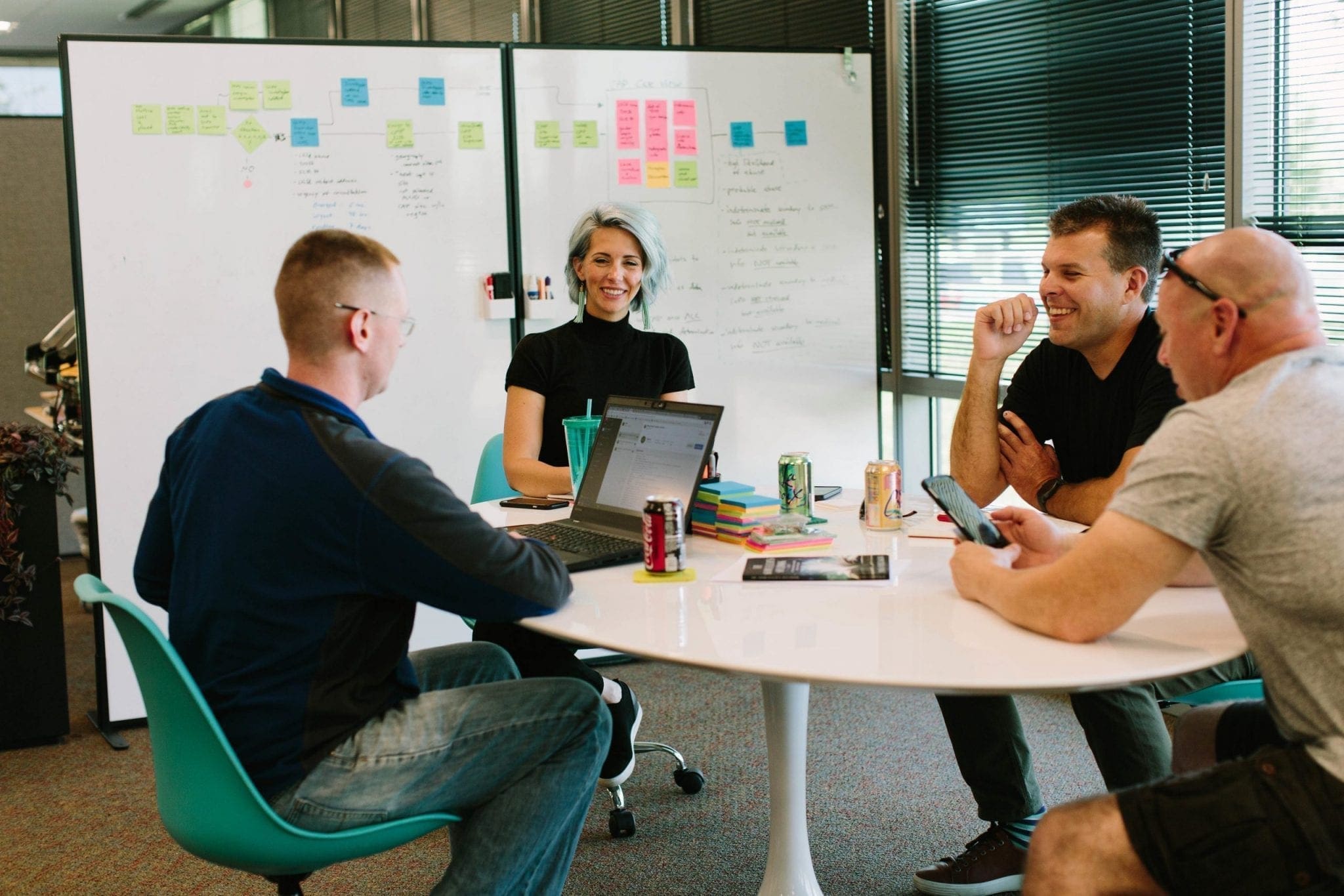Empathy Architect
Building Understanding for Connection
Today’s world can be… well, exhausting. It can feel like you’re just another face in the crowd to the people and companies you interact with daily.
Meet Rachel
UX Design Lead here at Slingshot, who has been with us for 3 ½ years.
She’s a big kid who is forever curious & always learning. She’s also a daredevil because she’ll travel at the drop of a hat. She’s backpacked across Europe solo, but didn’t book the trip until less than 2 weeks prior! She did it again when she backpacked Southeast Asia and the Middle East. “Sometimes the need to adventure strikes.”
She describes herself and her team as Empathy Architects; but what on Earth is that?
We sat down with Rachel to talk about what the heck being an Empathy Architect really means.

What does Empathy mean to you?
“To me, empathy means deeply relating [to people] sans ego; truly putting yourself in someone else’s position to better understand their perspective, worldview, and needs from a core level. It’s the art of actively listening and observing.”
How important is it to connect with people?
“Incredibly so. From a personal level, I’m always seeking deeper conversations. I want to understand people as unique individuals. That bleeds over into my professional life, where it’s imperative I comprehend and truly connect.
The products I create for others are something they’ll be using every day, and without that connection, the software itself can’t serve as the tool it should, and cannot embody their needs. I consider it an exercise in co-creation”
Why do you call yourself an Empathy Architect?
“I think the term ‘User Experience’ is cold; someone is more than ‘a user’ to me. I try and connect with the people we’re engaging with on a personal level. As I’m designing, I’m picturing their names and faces and correlating that with what we learn about their day-to-day processes and needs.
It’s continuously advocating for their ideal situation. Viewing UX as a truly intuitive, immersive experience helps blend tech and humanity.”
How do you connect with clients or stakeholders?
“By portraying myself as human; being authentic and genuine. When we go into user interviews, I’m cognizant of the way I dress and my body language. I lean towards being more casual and approachable to make it safe for people to open up.
I’m trying to make the situation comfortable – make it more of a discussion versus a sterile interview. Comfortability and humility are the more important pieces.”
Why does connecting with people make your product better?
“Ultimately tech is for people; we forget that sometimes. You see products that don’t always work in a way that’s natural for a user, and it’s frustrating. It makes them feel they’re the one in error, instead of realizing it’s a poorly designed experience. Good UX is invisible because it makes a person’s life flow. Subpar UX is usually made in the constructs of what tech ‘should be’, but when you connect with someone, you can build something that’s for them. Without transparency, you’re building sterility.”
What was work like before you called yourself an ‘Empathy Architect?’ What about after?
“The title came to my mind one day; it wasn’t a conscious decision. Before that, I think I was more focused on the building blocks. Website design was my original focus: creating something that was beautiful, informative, and functional.
When I started specializing in mobile apps and software, I began realizing how crucial the foundational layer was. It’s not just a quick scroll through a website, it’s products people use for hours every day. The creation of something on this scale makes it imperative to blend the human elements with the technical.”
Why do you think Slingshot has a focus on being an ‘Empathy Architect’?
“Our process is centered around the users, the people. We rely on them to iterate and inform the process from the beginning to the end. From the get-go, we’re engaged with people, connecting with them, observing their lives and processes. Without that basis, we wouldn’t have the process we do today.”
How can people be ‘Empathy Architects’ in their day to day lives?
“By being aware of how you present things and experiences in life. For example, at a formal dinner setting, everything is laid out so there is a logical flow to the use of the tools in front of you.
Setting a table, arranging a drawer, being mindful of a space people will be utilizing by trying to think through what would make their lives easier, are all great opportunities to implement UX. User Experience is most seen regarding software design, but it’s prevalent in everything we do. Be in tune with others and their needs.”




